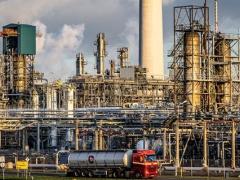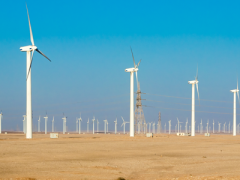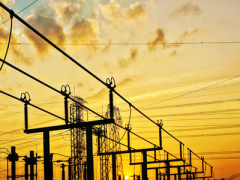Pathways for balancing CO2 emissions and sinks
In December 2015 in Paris, leaders committed to achieve global, net decarbonization of human activities before 2100. This achievement would halt and even reverse anthropogenic climate change through the net removal of carbon from the atmosphere. However, the Paris documents contain few specific prescriptions for emissions mitigation, leaving various countries to pursue their own agendas.
In this analysis, we project energy and land-use emissions mitigation pathways through 2100, subject to best-available parameterization of carbon-climate feedbacks and interdependencies.
We find that, barring unforeseen and transformative technological advancement, anthropogenic emissions need to peak within the next 10 years, to maintain realistic pathways to meeting the COP21 emissions and warming targets.
Fossil fuel consumption will probably need to be reduced below a quarter of primary energy supply by 2100 and the allowable consumption rate drops even further if negative emissions technologies remain technologically or economically unfeasible at the global scale.
Authors
Specifications
- Publication title
- Pathways for balancing CO2 emissions and sinks
- Publication date
- 13 April 2017
- Publication type
- Publicatie
- Magazine
- Nature Communications 8, Article number: 14856 (2017)
- Product number
- 2863




